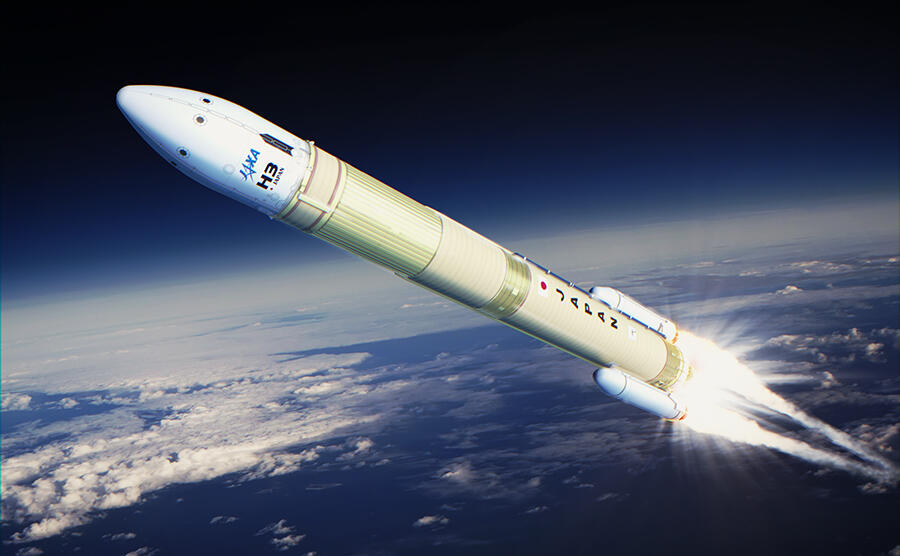
Rockets, those powerful and awe-inspiring machines that defy gravity and thrust humans and payloads into space, have a history as rich and diverse as the celestial bodies they seek to explore. In this comprehensive article, we will journey through the fascinating world of rockets, from their humble beginnings as fireworks in ancient China to the cutting-edge technology propelling us toward the stars in the modern era.
I. The Ancient Roots of Rocketry
The concept of rockets dates back over a thousand years, with early experimentation rooted in Asia. In ancient China, around the 9th century, gunpowder was invented, and it wasn’t long before people began using this explosive mixture to create fireworks and crude rocket-like devices. These early rockets were primarily used for entertainment and military purposes.
II. Rockets in Warfare
Rockets found their way into warfare during the Middle Ages and the Renaissance. The technology gradually spread to Europe, and by the 18th century, rockets were being used as weapons of war, most notably by the British during the Napoleonic Wars. However, these early rockets were highly inaccurate and unreliable.
III. The Work of Robert Goddard and Early Rocketry Pioneers
The true foundation of modern rocketry can be attributed to the work of individuals like Robert Goddard, a brilliant American physicist, and engineer. In the early 20th century, Goddard made significant contributions to rocket science, including the development of the first liquid-fueled rocket in 1926. This innovation marked a critical turning point in rocket technology, as liquid fuels provided greater control and efficiency compared to earlier solid-fueled designs.
IV. The V-2 Rocket and World War II
World War II saw a major leap forward in rocket technology with the development of the V-2 rocket by Nazi Germany. Designed by Wernher von Braun, this pioneering rocket was the world’s first long-range guided ballistic missile. After the war, many of the German rocket scientists, including von Braun, were recruited by the United States and the Soviet Union as part of Operation Paperclip, heralding the dawn of the space race.
V. The Space Race and Beyond
The post-World War II era witnessed rapid advancements in rocketry, as the United States and the Soviet Union engaged in a fierce competition known as the Space Race. In 1957, the Soviet Union achieved a historic milestone by launching Sputnik, the world’s first artificial satellite, into orbit. This event prompted the United States to accelerate its space program, leading to the establishment of NASA and, ultimately, the Apollo program, which landed the first humans on the Moon in 1969.
The Space Race transformed rockets from military weapons into vehicles of peaceful exploration and scientific discovery. Rockets have since become synonymous with space exploration, enabling humans to launch satellites, conduct experiments in microgravity, and explore distant planets and celestial bodies like Mars and beyond.
VI. Modern Rocketry and Commercial Space Travel
The latter half of the 20th century and the early 21st century have witnessed the evolution of rocket technology beyond government-led space programs. Private companies like SpaceX, Blue Origin, and Virgin Galactic have entered the arena, driving innovation in rocket design and making space more accessible for commercial purposes.
In recent years, reusable rocket technology, pioneered by SpaceX’s Falcon 9, has dramatically reduced the cost of launching payloads into space. This breakthrough has opened up new possibilities for satellite deployment, space tourism, and even ambitious plans for missions to Mars and beyond.
VII. The Science Behind Rockets
Rockets work on the principle of Newton’s third law of motion: for every action, there is an equal and opposite reaction. In simple terms, when a rocket expels propellant material at high speeds in one direction (the action), it generates an equal force propelling the rocket in the opposite direction (the reaction). This fundamental principle allows rockets to overcome Earth’s gravitational pull and travel through the vacuum of space.
VIII. Conclusion: Rockets as the Gateway to the Stars
Rockets have evolved from ancient Chinese fireworks to powerful vehicles for space exploration, ushering humanity into the cosmos. They have expanded our understanding of the universe, enabled global communication through satellites, and hold the promise of interplanetary and interstellar travel in the future. As we continue to push the boundaries of what is possible in space exploration and commercial ventures, rockets will remain at the forefront of our quest to reach the stars. Their enduring legacy reminds us that human ingenuity and determination can turn dreams of exploring the cosmos into reality.
